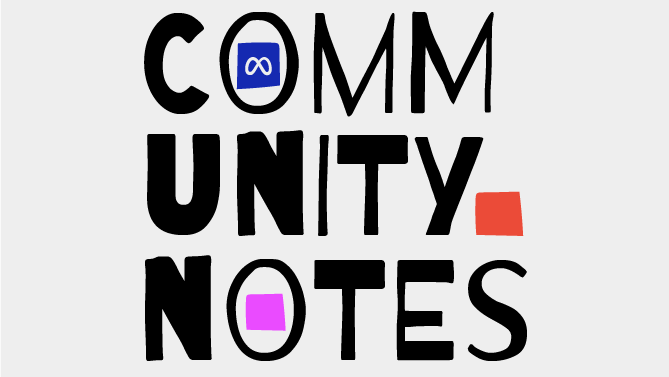An online community is more than the people you have common interests with and with whom you share different content. In an online community, you want your people to participate. You want them to react, comment, talk to you and to each other.
But how do you interact with your online community and make the most out of it? Well, we have some advice for you so you don’t make the most common mistakes we observed in online communities. Or that we’ve made along the way.
You don’t know who you are talking to.
In a community you have stakeholders. It may be customers or fans, or colleagues, students, or even competitors.
You have to understand your community, their needs, pain points, expectations, and even their behaviors. For example, there is a rule that surfs the internet about the way your online community behaves. This is a 90 – 9 – 1 rule. It basically refers to the fact that not all of your community is going to be active. 90% of them will read and observe but won’t contribute. 9% of them will interact with you, comment and answer questions. And only 1% will generate some content.
So, knowing your community and knowing what to expect from them will help you plan your interactions and be realistic about what goals to set.
Generate different types of negative content.
It may be some bad news about the business, about the industry, or even about your community. You don’t hide it, but you don’t only talk about it either.
In a survey Facebook did on 689 003 users it was found that the type of content people see on a social platform influences the way they act on this platform. So, if you only post about negative stuff, your community will also refer more to it, discuss it and post about it or related topics.
You’re not generating interactive content.
An online community may not be the most proactive group. You have to give them reasons to do something besides lurking and observing.
The interaction may be generated in a lot of ways. You can ask questions, launch interesting debate themes, and even praise and encourage those who generate content themselves. It’s up to you to try different strategies and finding those that work for your community.
You’re not seizing all the opportunities the platform you have your community on.
On social media, you can create numerous types of content. It depends not only on the technical opportunities of the platform like photos, videos, stories, polls, and many more. It also depends on the type of community and the time you are ready to invest.
You can help your community learn, entertain them or even get them to help you learn. It’s up to you to use all the benefits your community can take or give through the social media features.
You don’t have the right post frequency in your community.
You have to create and test different strategies for your community. See how many posts are too many and see which density generated the most interaction and results.
Spamming your community with content, even if it is useful, won’t generate a good attitude. The same goes for leaving the community with no content for a long time. They can forget about you and even decide to leave due to inactivity.
To sum everything up, interacting with an online community can be tricky. There is a lot of room for mistakes. But there is also a lot of room for learning and creating a great group of people who can bond and learn from each other. It’s up to you and to your level of implication and interest.


